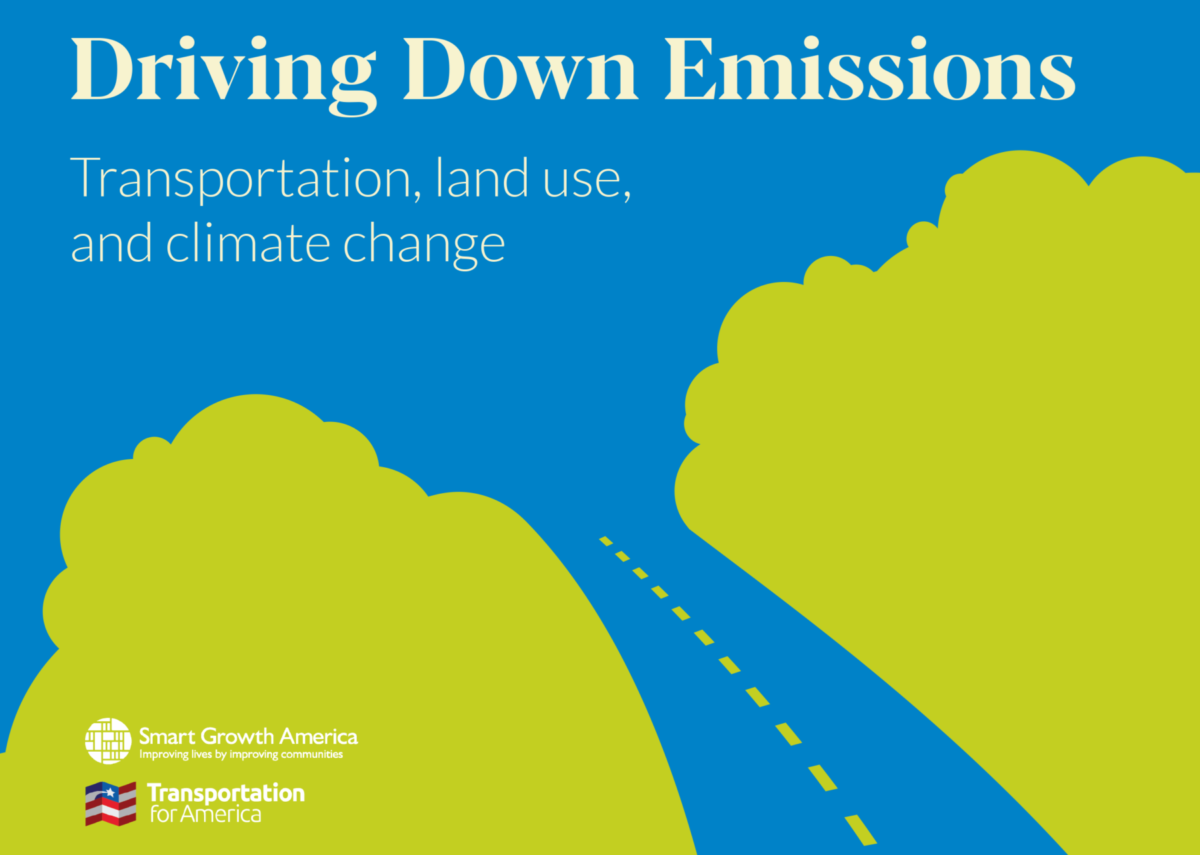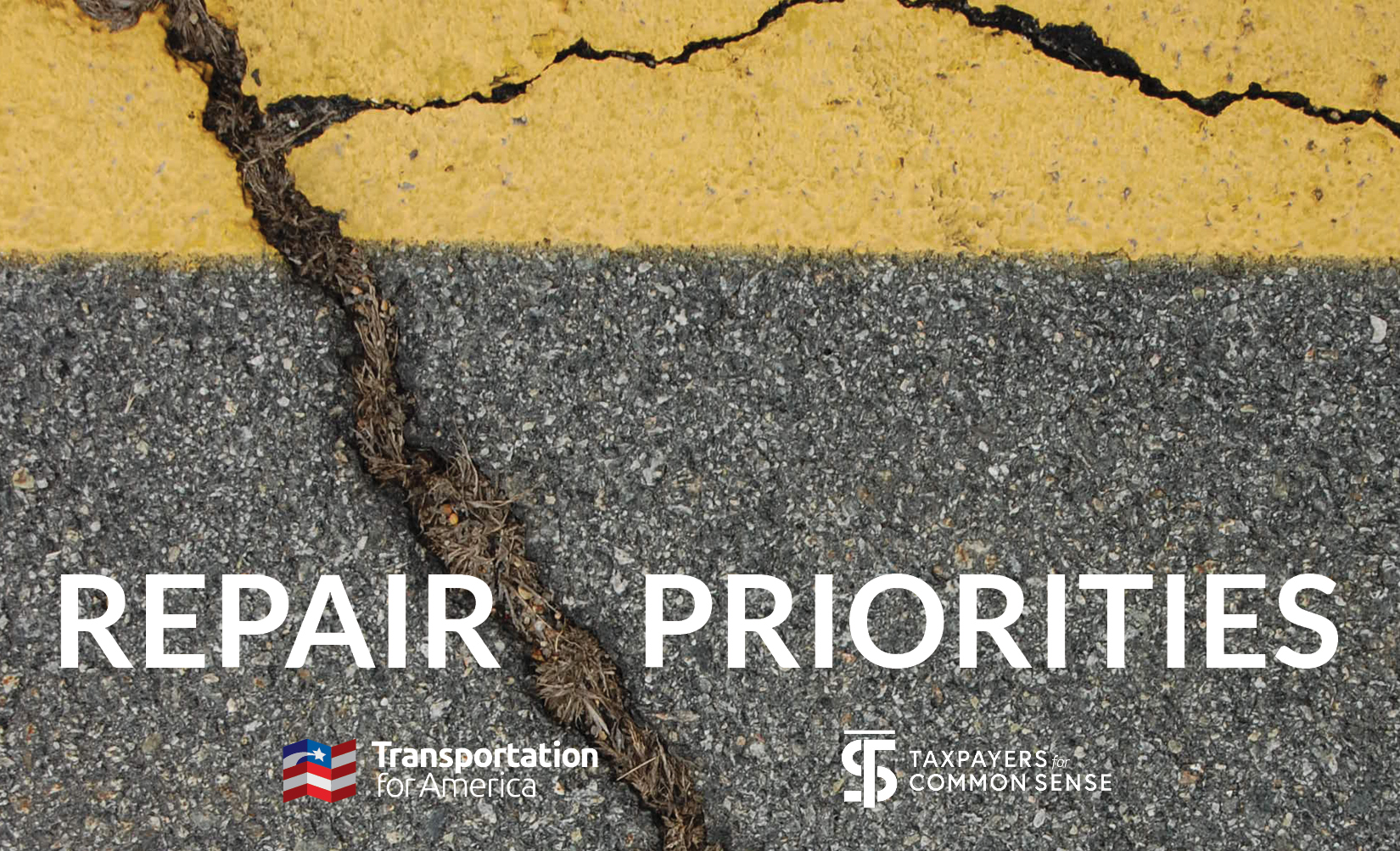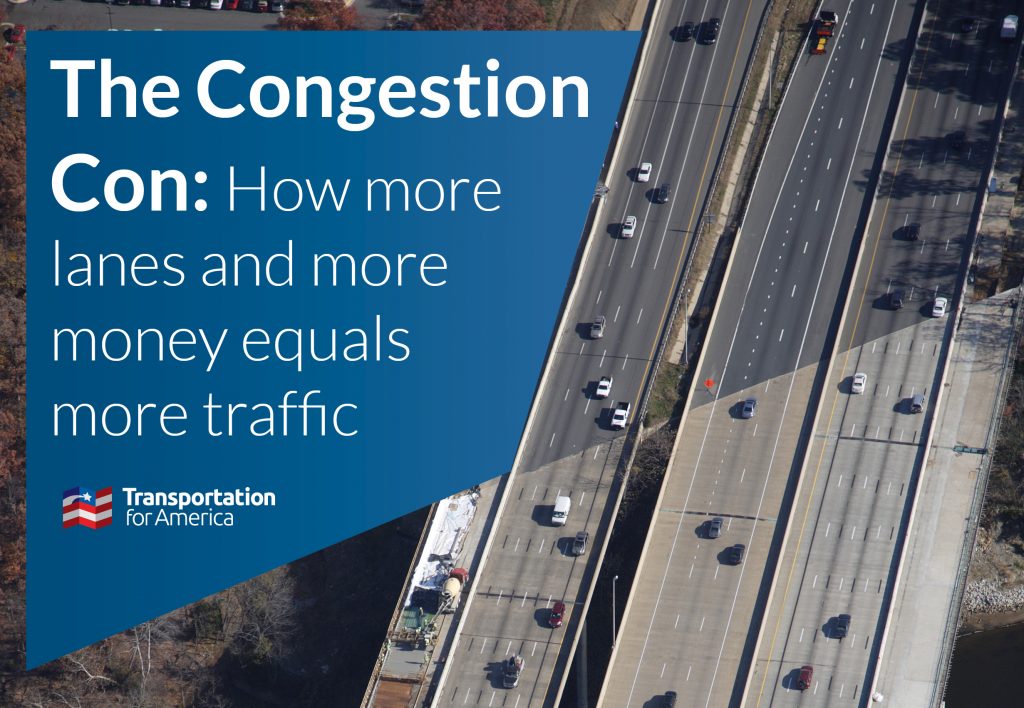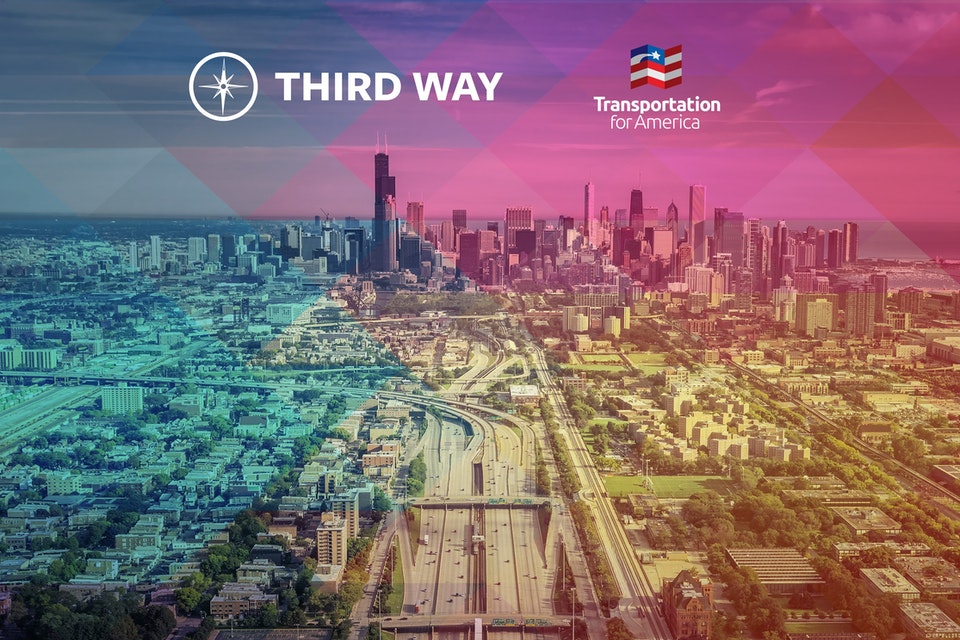More than one million households without a car in rural America need better transit
Many people think the only Americans regularly relying on transit to reach jobs and services live in big cities. Yet the majority of counties with high rates of zero-car households are rural. In fact, more than one million households in predominantly rural counties do not have access to a vehicle. Rural Americans without cars face unique barriers and they deserve a tailored approach to their transit needs rather than just assuming they can or will drive everywhere.
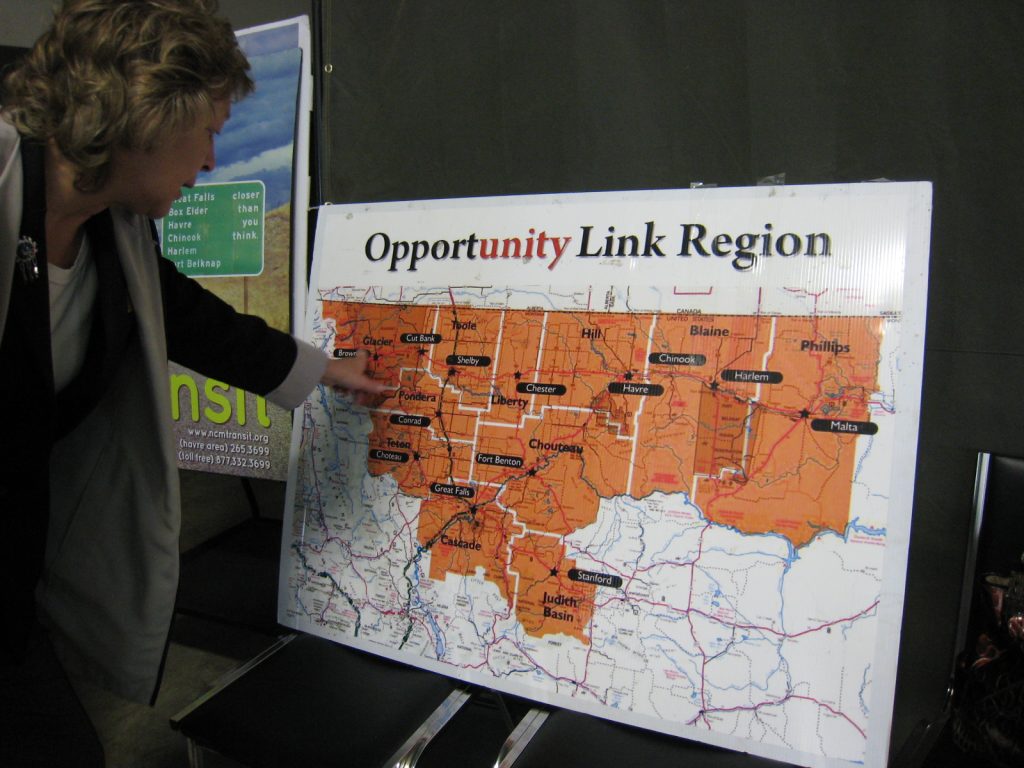
Transit agencies have been hit hard by the COVID-19 crisis, and rural transit providers are no exception. Before the pandemic, most were already operating on narrow margins with tenuous funding from local tax revenues that are now rapidly dwindling. Many of these providers were already stretched thin, serving multiple counties over large geographic areas with a small staff of part-time drivers.
The Director of the Oklahoma Transit Association Mark Nestlen said it well in a recent Vice article:
Congress never sat down at the table and said ‘let’s develop a rural transit program. What should it look like?’ They sat down at a table and said, ‘here’s the urban transit program…we’re going to have everything be the same and just put it in rural,’” he said. “When you do that, you’re going to put a square peg into a round hole.
While rural transit services are often costly to operate—particularly demand-response services, which allow individuals to arrange a ride to and from specific locations rather than operating on a fixed route—they are absolutely essential for families and older residents with no other means to reach healthcare, groceries, and other crucial services. To better understand this need, we used the latest American Community Survey (ACS) five-year estimates to look at how many households in every county nationwide do not have access to a car, and what other difficulties rural carless households might disproportionately face.
The majority of counties with high rates of zero-car households are rural
More than one million rural households do not have access to a car, according to this latest ACS data. On a national level, the majority of households without a car are in urban counties (as are the majority of people), but the rates aren’t as different as you might expect: on average, about nine percent of households in urban counties do not have access to a car, compared to approximately six percent of households in primarily rural counties. And while most of the counties with the highest rates of carless households unsurprisingly are in big cities like New York City, Baltimore, San Francisco, New Orleans, and the District of Columbia, the majority of counties with overall high rates of zero-car households are in fact rural.
Based on the latest ACS data, there are 292 counties in the U.S. where at least 10 percent of households don’t have access to a car (out of 3,142 total counties nationwide). Of those 292 counties, 56 percent of them are majority rural. These 164 rural counties are primarily located in Kentucky, West Virginia, South Dakota, Arkansas, North and South Carolina, Georgia, Alabama, Louisiana, Mississippi, and Alaska. There are pockets of rural America where a disproportionately large share of residents are completely reliant on transit, deliveries, or help from neighbors to access basic necessities, like Wolfe County, Kentucky, and Allendale County, South Carolina, where more than 20 percent of households don’t have access to a car.
Households in those counties also face other challenges likely exacerbated by low car ownership and underfunded transit
A deeper look at data for those 164 rural counties paints a troubling picture: most of them also have few or no intensive care unit (ICU) beds, meaning residents with health emergencies (such as COVID-19) must travel to a neighboring county. Rural areas around the country have seen a wave of hospital closures over the past decade—more than 120 closures nationwide as of February 2020. Cross-referencing Census data with data from Kaiser Health News indicates rural counties nationwide have significantly fewer ICU beds per person available than urban counties: about one ICU bed for every 7,000 residents on average in rural counties compared to one bed for every 4,000 residents in urban counties.
Of the 164 rural counties we identified with especially high rates of no-car households, 119 don’t have a single ICU bed. And some of those counties don’t even have a single hospital—like Knott County, Kentucky, and Lee County, Arkansas, where 12.6 percent and 16.3 percent of households don’t have access to a vehicle, respectively.
This points to some of the glaring problems with how our national surface transportation program handles rural transit like an add-on rather than a well-conceived program created to meet different needs than transit in a big city. People in rural America must travel longer distances for basic necessities, including groceries, banks, schools, and (especially important today) medical care. Because rural hospitals have been shrinking and closing, getting to a hospital for a job or for medical care requires an even longer trip. This makes rural transit more challenging to run, especially on a shoestring budget.
Many people in those 164 rural counties also face substantial poverty. Nationally 13.1 percent of the country’s population was below the poverty level in 2018 according to the ACS, versus 24.5 percent in those 164 counties. They also have very low rates of internet access compared to the national average. About 80 percent of households nationwide have a broadband subscription, compared to approximately 74 percent for all rural counties, and just 62 percent for the 164 rural counties where at least one in 10 households don’t have a car.
In other words, these are regions of rural America where residents are and will continue to be deeply vulnerable to the near-term health crisis and long-lasting economic impacts of COVID-19.
Rural transit needs more funding support, and we can’t stop there
As Congress takes up the nation’s surface transportation program for reauthorization, it is important for all members—from urban and rural areas alike—to take transit seriously. But we also need to rethink what providing transportation for rural Americans who don’t drive should look like. While there are no straightforward answers, and rural transit agencies will need to be part of this ongoing conversation, there are a number of key considerations we think should be part of the discussion.
For example, rural transit agencies in particular have never stood a fighting chance at covering their costs through fare revenues or even local taxes, and it’s time we stop letting the false standard and expectation that transit should pay for itself influence policy and funding decisions. Rural areas have always needed subsidies for public services, from electricity and water to (today) transit and broadband. We should accept that fact and provide for rural transit like we do for other essential public services.
We should also equip rural areas to design their transit systems to meet residents’ needs as directly and cost-effectively as possible. That could mean additional funding to identify pockets of low-density areas where residents are especially vulnerable, or resources to determine exactly where and when people are traveling to and from to help rural agencies tailor their services. This is information that some transit providers already collect in some capacity, either formally or anecdotally, but many don’t have the resources or capacity to process that information to make service changes.
If we want to invest in the economic recovery of rural America, we need to invest in everyone who lives there. The numbers bear it out: Transit must be part of that solution.















